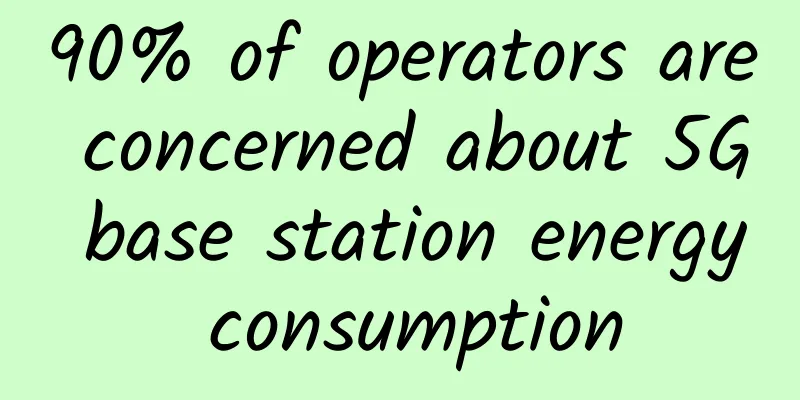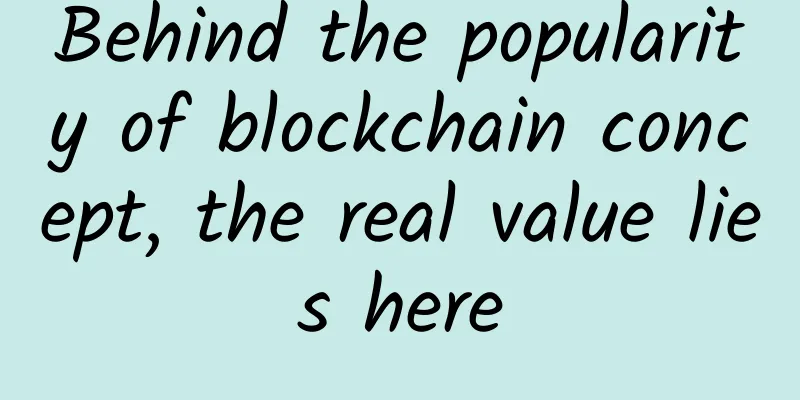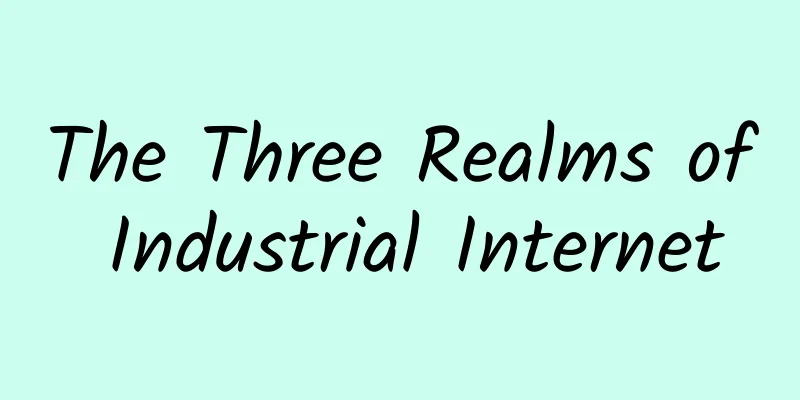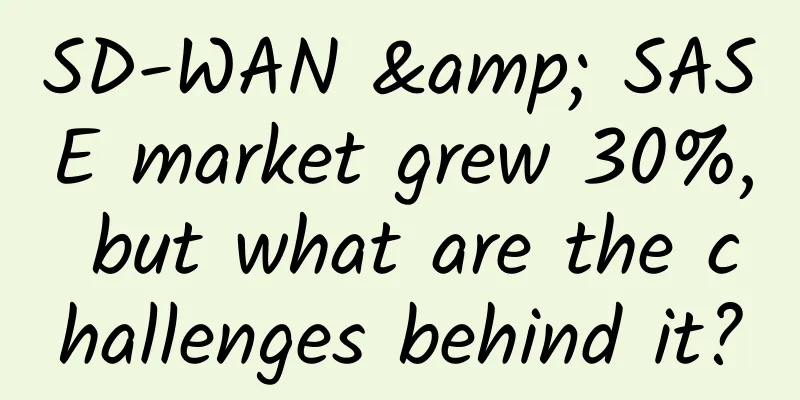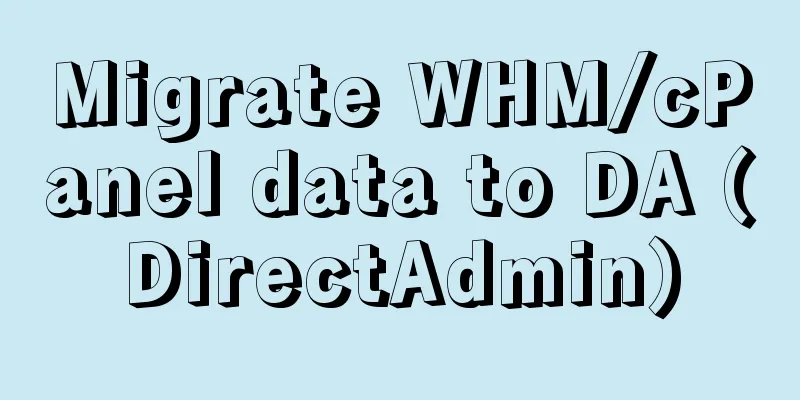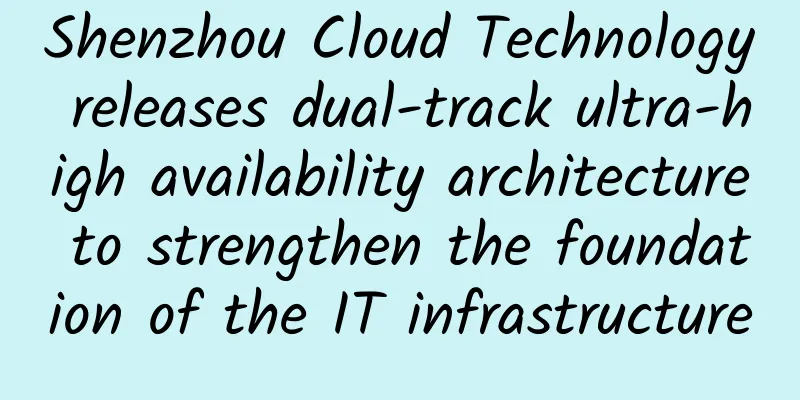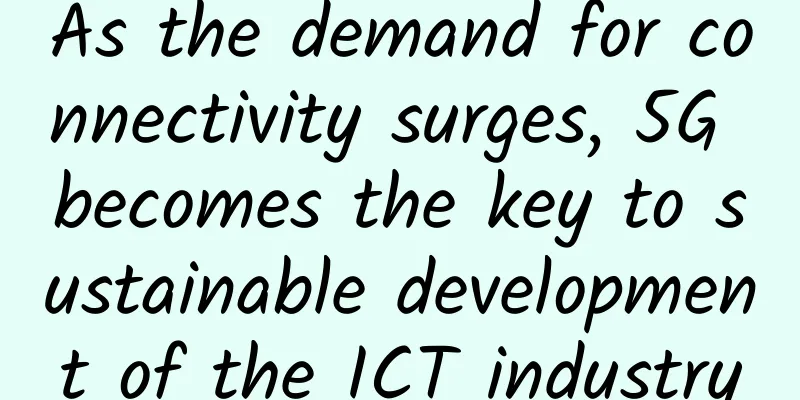Every front-end needs to know some network knowledge
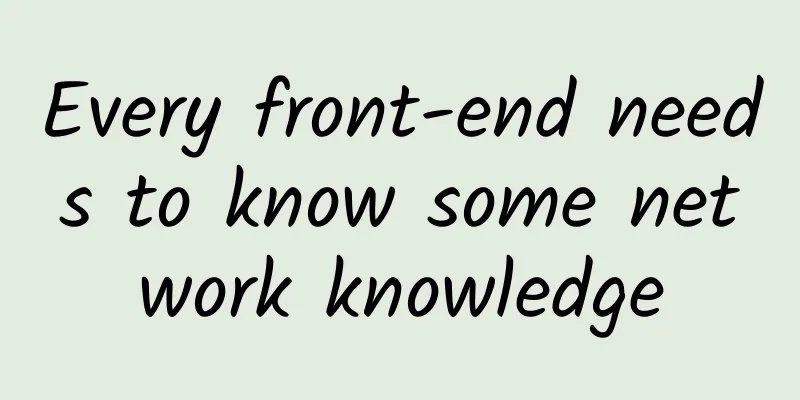
|
1. OSI reference model and TCP/IP five-layer model It is sufficient for us to focus mainly on the application layer and the transport layer of the TCP/IP five-layer model. Application layer:
Transport layer:
UDP and TCP 1. UDP UDP is a connectionless protocol, which only transmits data to the receiving end, but does not care whether the receiving end has received the data correctly, so UDP is sometimes considered an unreliable datagram protocol. However, this feature is suitable for multicast, real-time video and audio transmission. advantage:
shortcoming:
2. TCP TCP is a connection-oriented protocol. Before using the TCP protocol to transmit data, a connection must be established between the sender and the receiver. To establish a connection, three handshakes are required. To disconnect, four handshakes are required. (1) TCP three-way handshake to establish a connection First handshake: The client sends a SYN (Seq=X) packet to the server, and the client enters the SYN-SENT state, waiting for the server's ACK (Ack=X+1) reply. ps:: Seq is the sequence number, Ack is the confirmation number. Second handshake: After receiving the SYN (Seq=X) packet sent by the client, the server returns an ACK (Ack=X+1) and SYN (Seq=Y) packet to the client. The server enters the SYN-RECIVED state and waits for the client's ACK (Ack=Y+1) reply. Third handshake: After receiving ACK(X+1), the client enters the ESTABLISHED state and returns an ACK(Y+1) packet to the server according to the SYN(Y) sent by the server. After receiving ACK(Y+1), the server enters the ESTABLISHED state. At this time, the connection is successfully established. This process can be vividly expressed in the following three sentences:
(2) TCP closes the connection four times This process can be vividly expressed in the following four sentences:
3. Differences between UDP and TCP
HTTP HTTP (HyperText Transfer Protocol) Hypertext Transfer Protocol is an application layer protocol based on TCP (transport layer) and is the standard for requests and responses between clients and servers. Key Features:
HTTP message: (1) Request line: GET https://www.baidu.com/ HTTP/1.1, consisting of request method, URL, and protocol version (2) Response line:
HTTP request method: There are many types of request methods, the most commonly used ones are GET and POST. Although there are many request methods, they are mostly for conveying semantics. For more semantic descriptions of methods, you can read the documentation. 4. The difference between GET and POST GET:
POST:
A detailed comparison between the two:
Status code: The status code indicates the status of the response, which allows us to know whether the request was successful or failed, and if it failed, what caused it. 2XX Success:
3XX Redirects:
4XX Client Error:
5XX Server Errors:
HTTPS More secure network transmission protocol:
HTTP/2
References:
|
<<: Enterprises need to prioritize mobile unified communications
Recommend
Low frequency bands are used for 4G, but China Telecom and China Unicom still have a disadvantage
On December 15, the Ministry of Industry and Info...
GSMA: Spectrum shortage may lead to escalating 5G deployment costs
The GSMA called on regulators worldwide to increa...
Wi-Fi 6: Gigabit bandwidth access is imperative
As one of the most important infrastructures, fib...
Will the next 5G data package be an “unlimited data package”?
In the past two years, 4G unlimited data packages...
Wireless network signal optimization method during WLAN system implementation
In project practice, we have spent a lot of money...
DogYun National Day Promotion: 30% off on Dynamic Cloud, 20% off on Classic Cloud, 100 yuan/month discount on Dedicated Server, 100 yuan free for every 100 yuan you top up
DogYun is a Chinese hosting company established i...
HPE (Aruba) Named a Leader in Gartner® 2022 Magic Quadrant™ for Enterprise Wired and Wireless LAN Infrastructure for the 17th Consecutive Year
Aruba, a Hewlett Packard Enterprise (NYSE: HPE) c...
2G quietly withdraws from the network, 4G grows steadily, and it is still a bit far to talk about 5G now
The withdrawal of 2G/3G networks is not a new top...
A large wave of policies is coming, what are you waiting for, IoT people!
On April 23, General Secretary Xi Jinping emphasi...
80VPS: VPS annual payment starts from 199 yuan, US/Japan/Hong Kong/Korea dedicated server starts from 350 yuan/month
80VPS is a Chinese hosting company. The tribe has...
As long as you are willing to find us to develop, you don't have to be exhausted.
[51CTO.com original article] The boss said that d...
Foreign media: Vietnam will launch large-scale 5G service tests this year to accelerate commercialization
On April 21, according to foreign media reports, ...
Scenario Innovation Smart Energy | Ruijie Debuts at 2019 Petroleum and Petrochemical Information Technology Conference
From May 15th to 16th, the "2019 China Petro...
Aruba Wi-Fi 6E Joins 1,400 Colleges and Universities Worldwide to Create a Smart Campus for the Future
Aruba, a Hewlett Packard Enterprise company, rece...
Don’t rush to fight for 5G
Recently, discussions about 5G have been everywhe...
